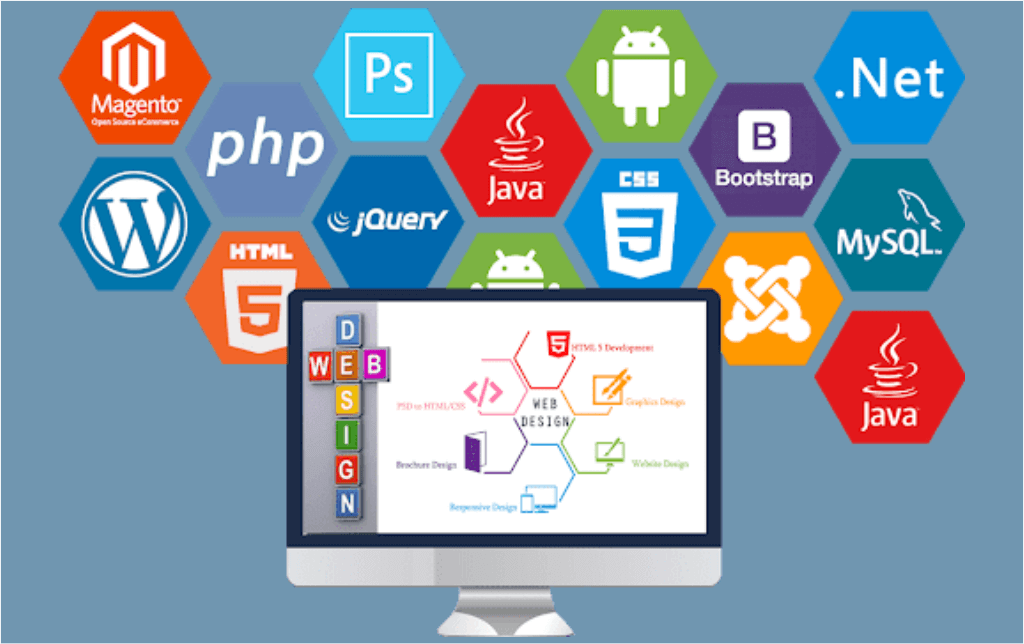Developing a website is a complex process that involves multiple stages, from planning and design to deployment and maintenance. In this article, we will explore the eight crucial stages of website development, providing insights into each step of the journey.
Planning and Research
The first stage of website development is perhaps the most crucial. It involves defining the purpose and goals of the website, identifying the target audience, and conducting comprehensive research. Key questions to address during this phase include:
- What is the primary objective of the website?
- Who is the target audience, and what are their preferences and needs?
- What is the budget and timeline for the project?
- What features and functionalities should the website have?
Choosing a Domain and Hosting
Once you have a clear plan in place, it’s time to choose a domain name (your website’s address) and a hosting provider. Selecting a memorable and relevant domain name is essential, as it represents your brand and helps users find your site. Hosting involves renting server space to store your website’s files, ensuring it’s accessible on the internet.
Design and Wireframing
The design phase is where your website starts taking shape visually. Designers create wireframes, which are basic blueprints outlining the layout and structure of web pages. During this stage, consider:
- User experience (UX) design: How will users navigate and interact with the site?
- User interface (UI) design: What will the website look like in terms of colors, fonts, and visuals?
- Responsiveness: Ensure the design is mobile-friendly for various devices and screen sizes.
Development
In the development phase, web developers bring the design to life by writing code. They create the website’s front-end (what users see and interact with) and back-end (server-side functionality). It’s crucial to follow best coding practices, optimize for speed and security, and ensure compatibility across browsers.
Content Creation
Content is king on the web, so this stage focuses on producing high-quality text, images, videos, and other multimedia elements for your website. Content should align with your goals, engage your audience, and be optimized for search engines (SEO).
Testing and Quality Assurance
Before launching your website, it’s essential to thoroughly test it. This involves checking for bugs, broken links, and other issues. Additionally, ensure that the website works across various browsers and devices. User testing can help gather feedback and identify areas for improvement.
Launch
Once you are confident that your website is ready, it’s time for the official launch. This includes configuring your hosting, setting up domain records, and making the website accessible to the public. Be prepared for potential traffic spikes and monitor the site closely during the launch period.
Maintenance and Updates
Website development doesn’t end with the launch. It’s an ongoing process. Regularly update your content to keep it fresh and relevant. Monitor website performance, security, and user feedback. Make necessary improvements and enhancements based on user behavior and emerging technologies.
Conclusion
Website development is a dynamic and multifaceted process that involves careful planning, design, development, and maintenance. By following these eight stages, you can create a website that not only meets your objectives but also provides an excellent user experience. Remember that the digital landscape is ever-evolving, so staying up-to-date with the latest trends and technologies is crucial for the long-term success of your website.







